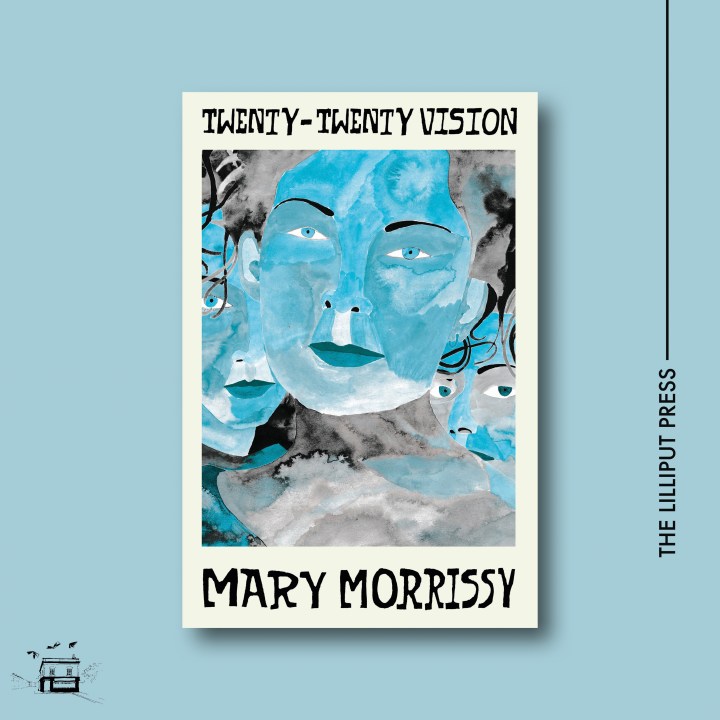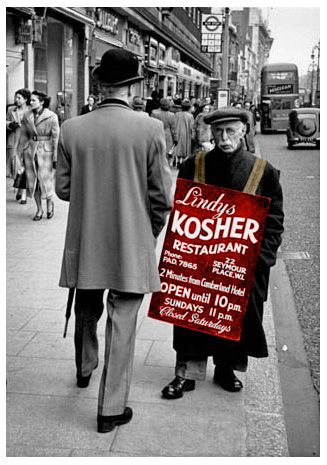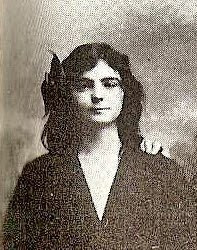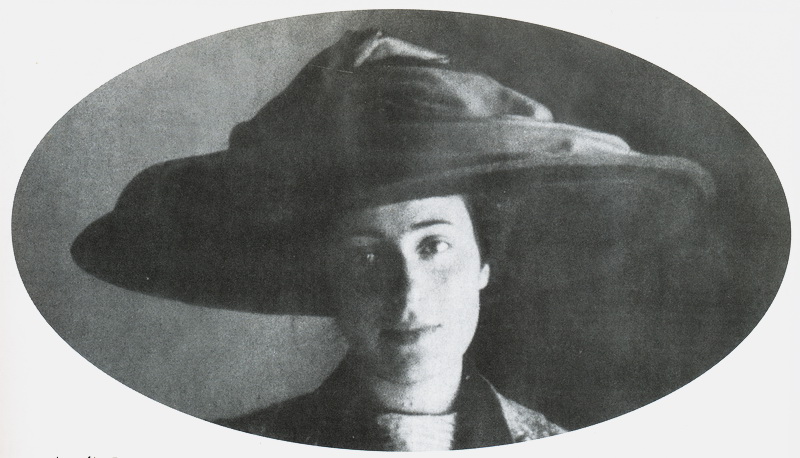
A top pick job for me, the LinkedIn algorithm promised. The firm was seeking fluent speakers of Irish English to record 15 short audio clips featuring natural greetings and voicemail-type messages. You’d be paid the princely sum – wait for it – US$15 for your labour. To add insult to injury, the recordings would be used to help speech recognition systems and AI language technologies. Reader, I saw red.
I had just discovered that all four of my novels and three collections of short fiction had been “scraped” – that is the term for digitally stealing copyrighted work – for training AI bots. Needless to say, no money had changed hands, and the only information I had about the pirating was that it had taken place. I’ve still no idea by whom.
Data mining by AI corporates is widespread and up to now, totally unregulated. Luckily, for us, there is evidence that a fightback has started in the US.
In August, a court challenge taken by voice actors became the first case involving AI to be settled – of a total of 48 copyright lawsuits in train. In Vacker v. Eleven Labs Inc, the actors claimed that Eleven Labs Inc had cloned their voices digitally without their permission. In another landmark case in September, the giant tech company Anthropic settled a class action taken by the Authors Guild in the US for illegal downloading of hundreds of thousands of books to train large language models (LLMs).
To avoid further litigation, Anthropic agreed to compensate authors from a $1.5bn settlement fund for work that had been pirated. Depending on the numbers claiming, writers could be paid $3,000 for each copyright infringement.
I discovered by chance that I was one of those authors. But there must be many Irish writers in the same boat, although to qualify for a payout your work must have been registered by your publisher with the US Copyright Office before Anthropic stole it.
“In practice,” Conor Kostick, writing on the Irish Writers Union website, explains,” this means that only Irish authors who have signed agreements with US publishers are likely to be included. And even then, not all publishers (by a long way) registered the works with the US Copyright Office.
“If you were pirated, used for AI training, but not registered with the US Copyright Office. . . don’t despair,” Kostick says. “There are European legal battles to come with these companies, ones which if we win, we all stand to benefit from. And the precedent of the Anthropic settlement makes it much more likely that in due course all of us will win compensation for the theft of our works”
These cases represent a head-on collision between so-called business”ethics” and the creative impulse. They’re a warning to the corporate world – writers’ and artists’ work is for sale, not for plundering. The creative arts are not just fodder for imitation content, but a unique and compelling way of being in the world.
Professor of Creative Writing at Yale and an author herself, Megan O’Rourke, writing in the New York Times in July, put it this way:”When I write, the process is full of risk, error and painstaking self-correction. It arrives somewhere surprising only when I’ve stayed in uncertainty long enough to find out what I had initially failed to understand. This attention to the world is worth trying to preserve: The act of care that makes meaning — or insight — possible.”
It would be difficult to put a price on this kind of artistic concentration. The likes of Anthropic – and Eleven Labs Inc – didn’t even bother to try.
Writers often bitch about publishers and their advances, but in the publishing model, the concept of paying the artist is still, generally, part of the deal, no matter how paltry the sums may be. But with the AI giants, our work is valued so little that they don’t see the need to pay for it. And they’re using it to train AI systems that aim to replace our individualised creativity with deep fakes mimicking the very work they’ve mined for nothing.
If that isn’t the epitome of late capitalist greed and hubris, I don’t know what is.
So, no, LinkedIn, I won’t be taking up that top pick job so that some AI bot can undermine my livelihood and compromise my artistic authenticity. Not for 15 dollars a throw. Not for anything.
Check this link to see if your work qualifies for compensation – https://secure.anthropiccopyrightsettlement.com/lookup/.












